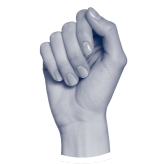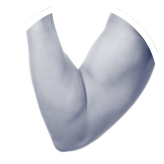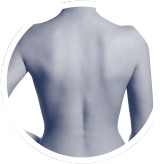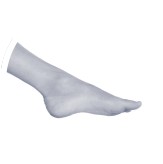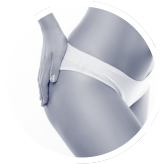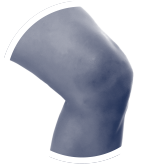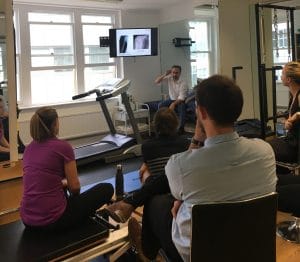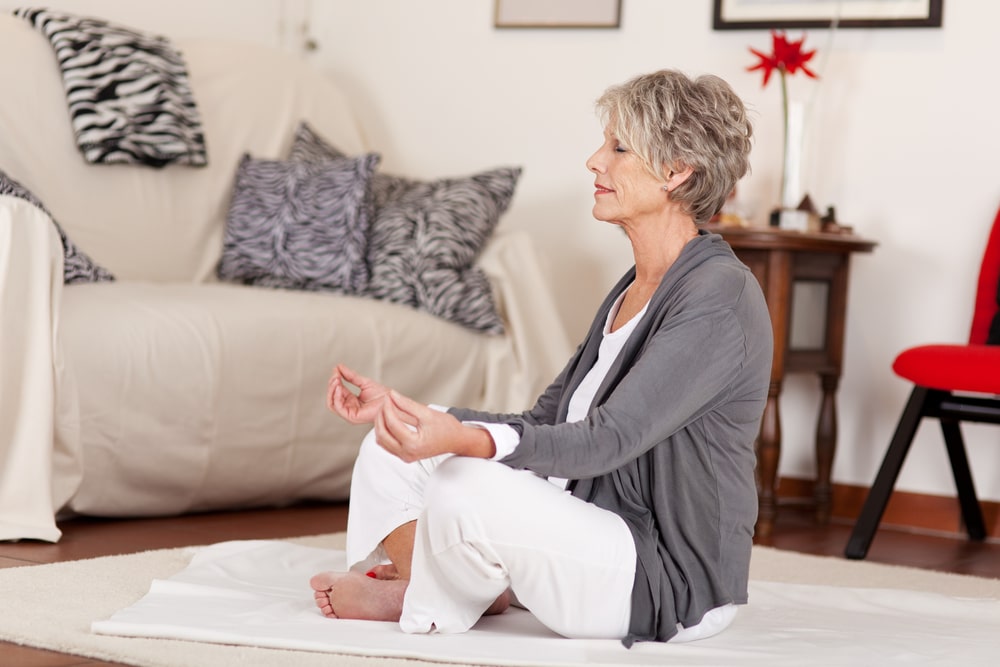
Back pain is a common complaint that we see at London Bridge Orthopaedics. In fact, back pain is a common complaint of most people – 46.5% will experience it during their life. While medicines may temporarily block the pain, it isn’t guaranteed and could be causing more harm than good. So, what’s the alternative for those suffering? Yoga!
But Why Yoga?
Yoga is accessible to all and it isn’t reserved for those to be in peak physical condition. It may seem strange and the last thing you want to do when you have back pain, but it is the key to relieving the pain in the long term.
A study involving more than 1,000 men from the US found that those who practised yoga were most likely to experience reduced pain levels and, ultimately, improved their mobility after 12 months.
Exercise is recommended by health professionals and is one of the treatments that patients are advised of. Yoga is particularly recommended due to the lack of equipment needed (thus cheap), avoids drugs (which can cause more damage than good) and can be performed at home.
Along with helping prevent back pain, yoga is also a known stress-reliever, improve flexibility, increase muscle strength, help weight reduction, increase metabolism and boost cardio health.
Are There Downsides?
The survey used only low to moderate quality evidence. While it alleviates back pain, more examinations are required to find out exactly how the exercise contributes to back pain relief. Also, one in 20 participants of numerous studies actually found their back pain to actually get worse when performing yoga.
It also isn’t intense enough to count towards your 150 minutes of exercise a week, according to the NHS.
What Can Be Done to Prevent Injuries?
Firstly, contact your GP or London Bridge Orthopaedic before starting a new exercise routine as we wouldn’t want any of your symptoms to be exasperated.
For first timers, it is recommended to have a yoga teacher to educate on how to perform certain positions safely, which ones to avoid for certain symptoms and alert you to your body’s signals for when it’s being pushed too far.
Finally, listen to your body. Don’t push it further than is comfortable as this is a recipe for additional pain. While being eager to get to more complex stretches is normal, taking things slowly will be more beneficial for your health.


